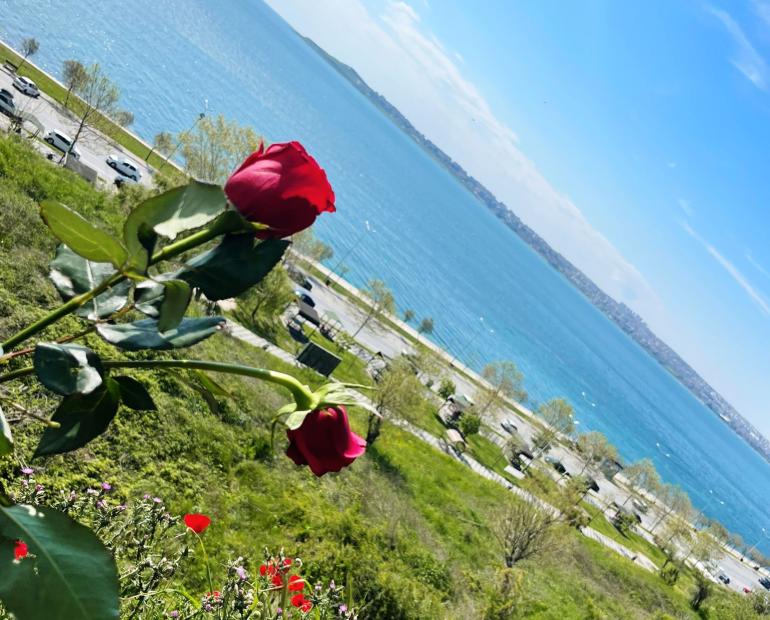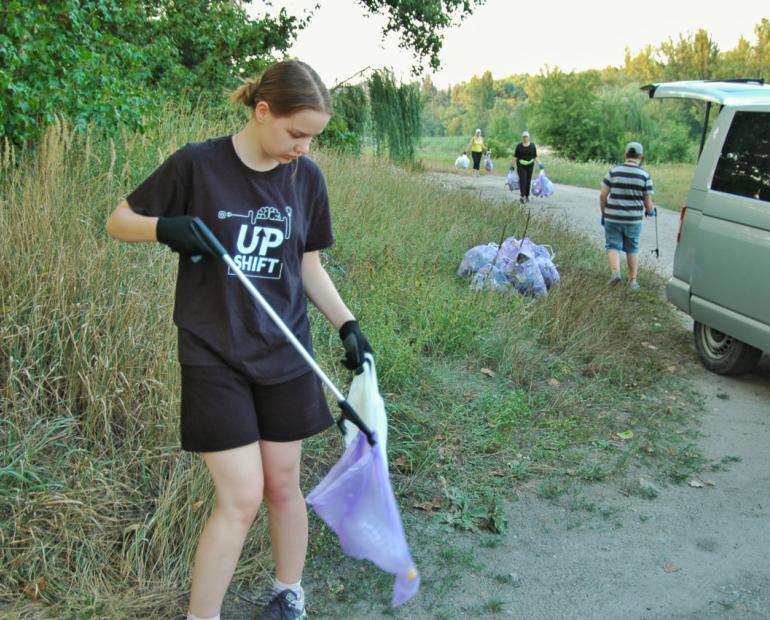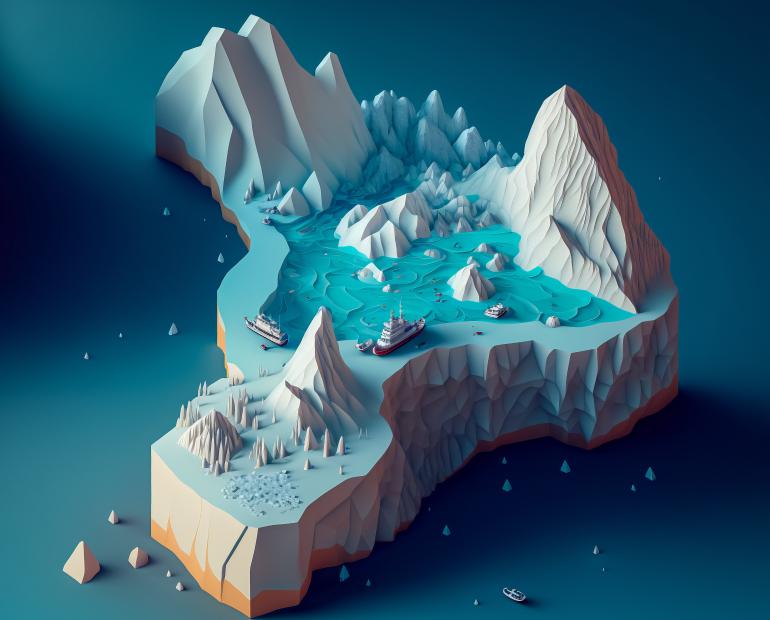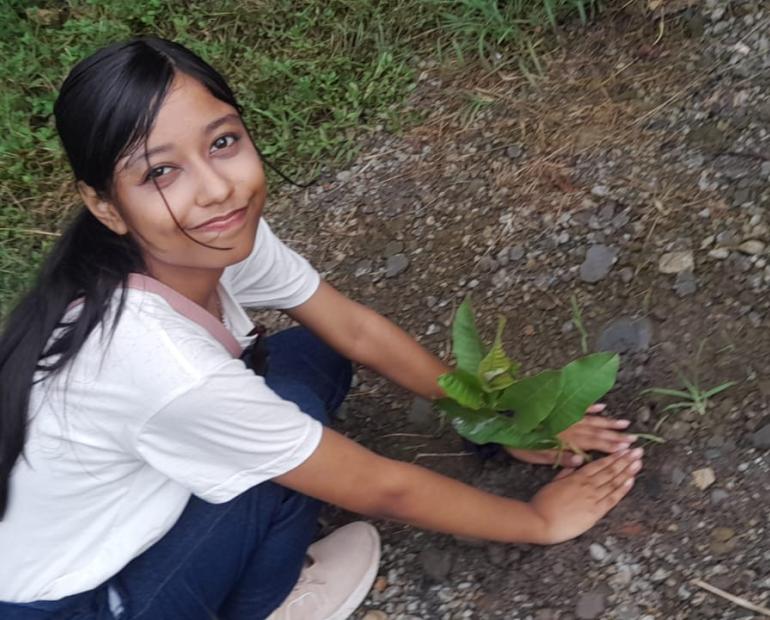
There are a lot issues with pollution in our oceans right now. For instance, you may have heard or read about the many campaigns that are urging people to change to an alternative straw or skip using straws altogether, like Lonely Whale. Or perhaps you’ve heard about the Friendly Floatees that spilled out of a ship years ago traveling from Hong Kong, China to Tacoma, Washington, that are still floating in the ocean today. Or maybe you’ve read about microbeads that are in some soaps and toothpastes. They go down the drain and end up in our rivers and oceans, which is sad because when a fish eats it, it stays in the fish and moves up the food chain into larger fish and eventually into us. All of these issues with pollution are extremely important, however, we think there is one that is largely overlooked haunting the ocean, the notorious ghost nets. This issue is significant considering the weight and number of abandoned gear affecting life in the oceans. It is so sad to see the number of animals that have been entangled or have ended up as bycatch in these large, elusive ghost nets.
Ghost nets are fishing nets that have been left, stranded, or discarded at sea. If we were fish I’m sure we wouldn’t call them ghost nets, but instead ocean death traps, because that’s what they are to the sea creatures. According to them World Animal Protection Agency, each year there is enough ghost gear left in the ocean to equal the weight 52,000 London double decker buses! Swimming around in that mess of debris is difficult for some animals and impossible for others. The World Animal Protection Organization also states that 136,000 dolphins, turtles, whales and seals are entangled in ghost gear yearly, which in our opinion is 136,000 too many. That means over a ten-year period 650,000 animals would be killed by nets and gear that don’t even belong in the ocean in the first place and may take hundreds of years to break down. It’s not only large animals that are affected either, small fish and entire areas of coral have been wiped out by discarded nets that move back and forth with the ocean’s currents destroying everything in their paths.
So what can we do? Well for starters we are glad to say that there are a lot of groups and companies out there doing their best to rid the ocean of abandoned ghost gear. Project Aware is a group of scuba divers that remove trash and ghost nets. There are also fisherman who catch trash including ghost nets. This is so incredible and they are making a big impact! Then there are companies like Second Nature, who repurpose ghost nets and use a 3D printer to make them into amazing bowls, vases and other items. Planet Love Life is a fantastic company that makes bracelets out of abandoned nets that they and other organizations have worked together to collect. Bureo upcycles nets to make skateboards and sunglasses. They also collaborated to make an Ocean Jenga game which is really fun. We know because we’ve played it, and it is awesome because it’s made out of recycled nets too!
In addition to the divers, fisherman and companies that are helping find a proper home for the abandoned gear, we love the idea of tracking devices that can attach to ghost nets. We think it would be really cool if the net manufacturing companies would offer the option to attach trackers to the nets at the time of purchase. This could be an incentive environmental organizations for anyone/company using such devices.
According to the Olive Ridley Project, the nets end up in the ocean for several reasons. A few of these reasons include storms, no facilities to recycle and nets that become snagged on the ocean floor. How they end up there though is not our main concern. What we are most worried about is that so much more ghost gear is floating, acting like traps in the ocean and that amount just keeps increasing. As for us, we can tell you with conviction that we need the oceans to be healthy and protected. Because someday when we’re all grown up we would like to go to the shore with our families and enjoy a healthy, thriving ocean. Our biggest fear is that we will just be reading to our children and grandchildren about all the extraordinary ocean-life from a history book.
If we don’t address this problem, the only haunting issue that will remain in the ocean is the eerie sound of silence that will be deafening.

Ryan Moralevitz is the founder of The Fishes Wishes and an ocean conservationist. He believes the ocean is a mesmerizing and beautiful place and has been working to protect it all the amazing animals that call it home for eight years.
Enzo DeFerrari Wilson is an ocean conservationist and the founder of the organization O.N.E. (Ocean Needs Everyone)! He's an athlete on the TV show American Ninja Warrior Junior and proud to be a ninja warrior and a warrior for the ocean!






